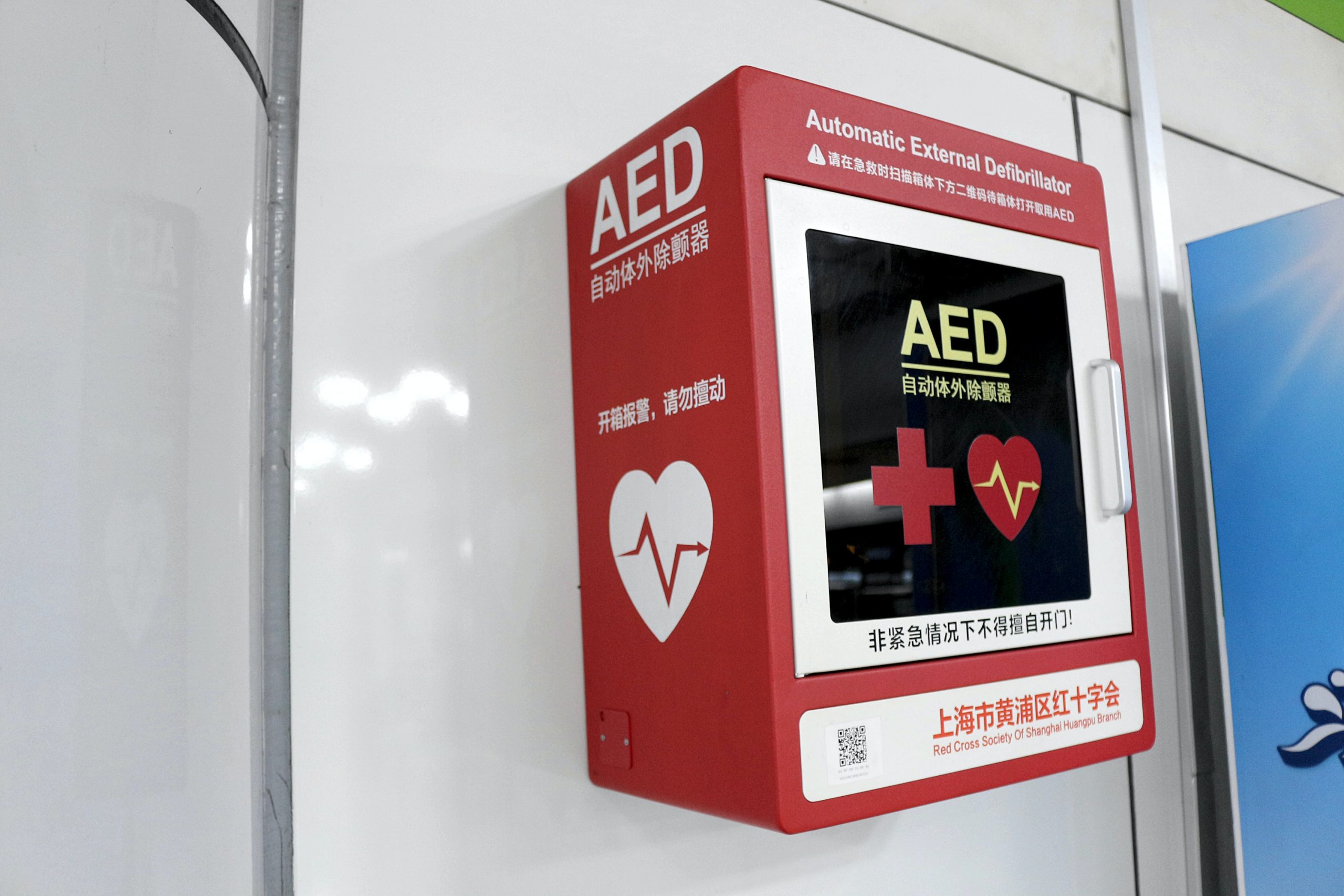Industry Sector
workplace AED programme
understanding the need for AEDs at home and workplaces
Sudden Cardiac Arrest (SCA) is the abrupt loss of heart function in a person who may or may not have diagnosed heart disease. The time and mode of death are unexpected. It occurs instantly or shortly after symptoms appear. It is one of the leading causes of deaths globally.
Some SCA Facts to note:
Globally, SCA causes approximately over 7,000,000 deaths per year
Approximately over 700,000 Sudden Cardiac arrests per year in Europe, no data in Nigeria but it is one of the leading causes of deaths.
Early resuscitation and prompt defibrillation (within 1-2 minutes) can result in >60% survival
Survival to hospital discharge presently approximately 5-10%
Bystander CPR vital intervention before arrival of emergency services – double or triple survival from SCA (sudden cardiac arrest)
Quite a number of these incidents happen outside the hospital premises and most time at home and in the workplaces (places of mass gathering). As part of your organization’s Emergency Health Services, we recommend an AED programme in your workplaces.
The AED

What is an AED?
An AED is a portable device that can check a victim’s heart rhythm and, if necessary, deliver an electric shock through the chest to the heart. In the event of a sudden cardiac arrest, this shock can stop an irregular rhythm and allow a normal rhythm to resume. AEDs have a built-in computer that reads and analyzes a victim’s heart rate through adhesive electrodes. After calculating whether defibrillation is necessary, the computer’s electronic voice may tell the rescuer to press the shock button on the AED. On the other hand, the computer may discover that defibrillation is not necessary; in this case ZOLL AEDs will provide live corrective CPR feedback as needed.
Why is an AED important?
Defibrillation is the only effective treatment of sudden cardiac arrest. It is estimated that the chance of survival is reduced by 8-10% for each passing minute without treatment. Keeping in mind that we do not have average response time for first responders to attend to victims of SCA, proximity to an AED can truly mean the difference between life and death before the arrival of emergency medical services.
Who can use an AED?
AEDs are so valuable in the society today because nearly any adult can be trained to properly use them. They are specifically designed to be used by non-medical personnel, including police, fire fighters, security guards, life guards, athletic trainers, and other lay rescuers. Ultimately, “the Red Cross believes that all citizens should be within four minutes of an AED and someone trained to use it”.
What we offer
At Home Plus Medicare Services (HPMS) Ltd, we work with our clients to provide innovative general health communications and lifesaving and safety training for them always when needed, anywhere anytime. It is important and essential for every work force to be equipped with the Extensive knowledge of HPMS Occupational Health and Safety skills set in order to avert health complicating situation, reduce man hour loss and subsequently improve the productivity of the workforce. HPMS communications services are provided by a vast network of qualified, licensed and registered safety and medical personnel who are committed to maintain highest standards in Health Communications (Life Saving and Safety Trainings).
